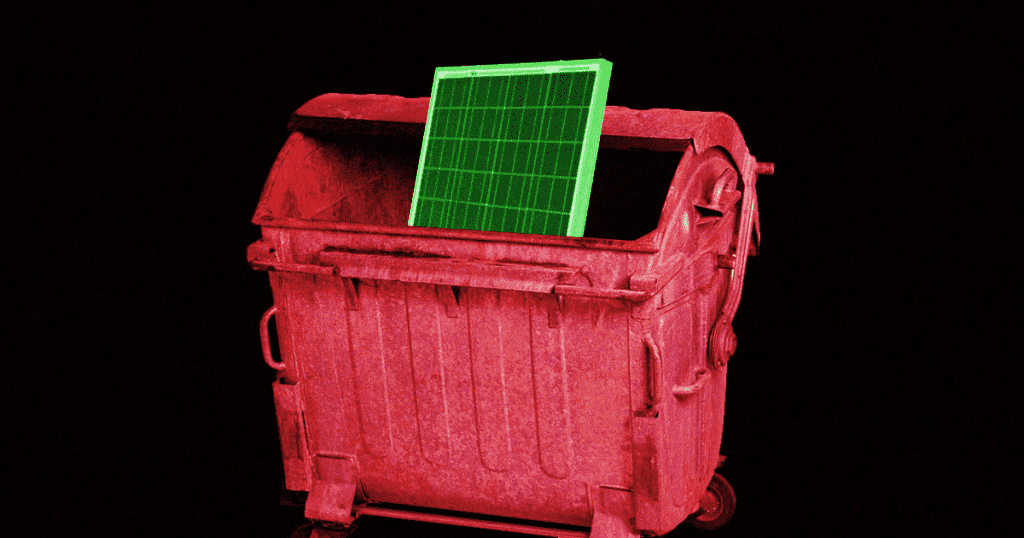California incentivized homeowners two decades ago to install solar panels on their roofs. Now, the city’s landfills are teeming with toxic waste from broken and discarded units that people have thrown away.
Los Angeles Times reported yesterday that heavy metals like selenium and cadmium can pollute groundwater and are used to make all the panels people are now throwing in the garbage.

“People just don’t realize that there are toxic materials in those electronics,” Natalie Click, a doctoral candidate at the University of Arizona, told the LA Times. “Once it gets crushed and put into the landfill, a lot of those toxic chemicals and materials are going to leak into your groundwater.”
Only one in 10 panels are recycled because they produce just $2 to $4 each once broken down for parts or materials.
Last week, the Verge reported that supply chain shortages and an increase in demand for solar products will likely increase the recyclability of old panels and increase the value of their parts and materials.

That’s good news because it means that we could be headed toward a situation in which solar panels are more likely to be reused and less likely to end up in landfills.
The parts could be reused but only if some company thinks they can make money by grave digging and re-selling them. And that seems quite unlikely.


